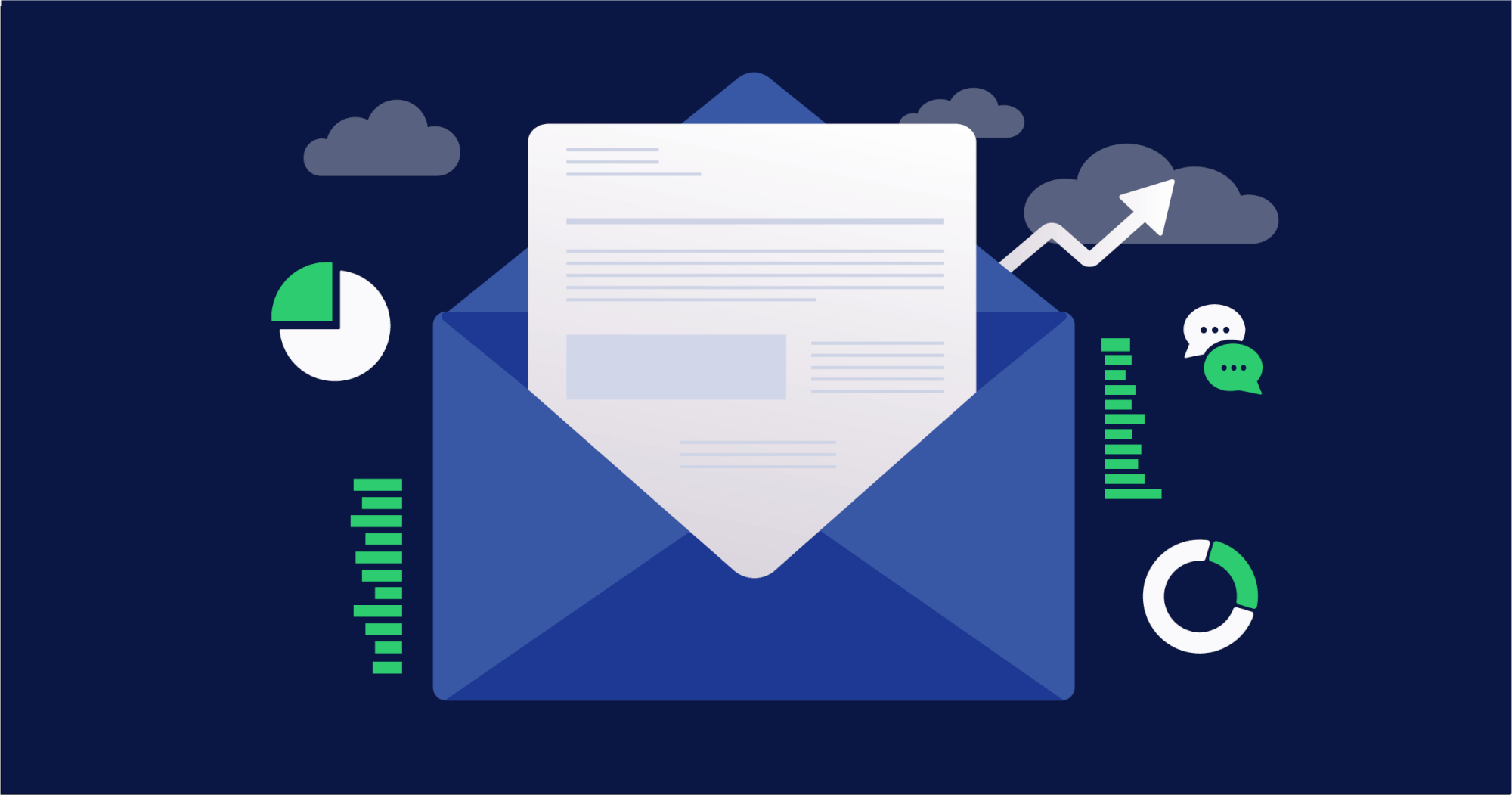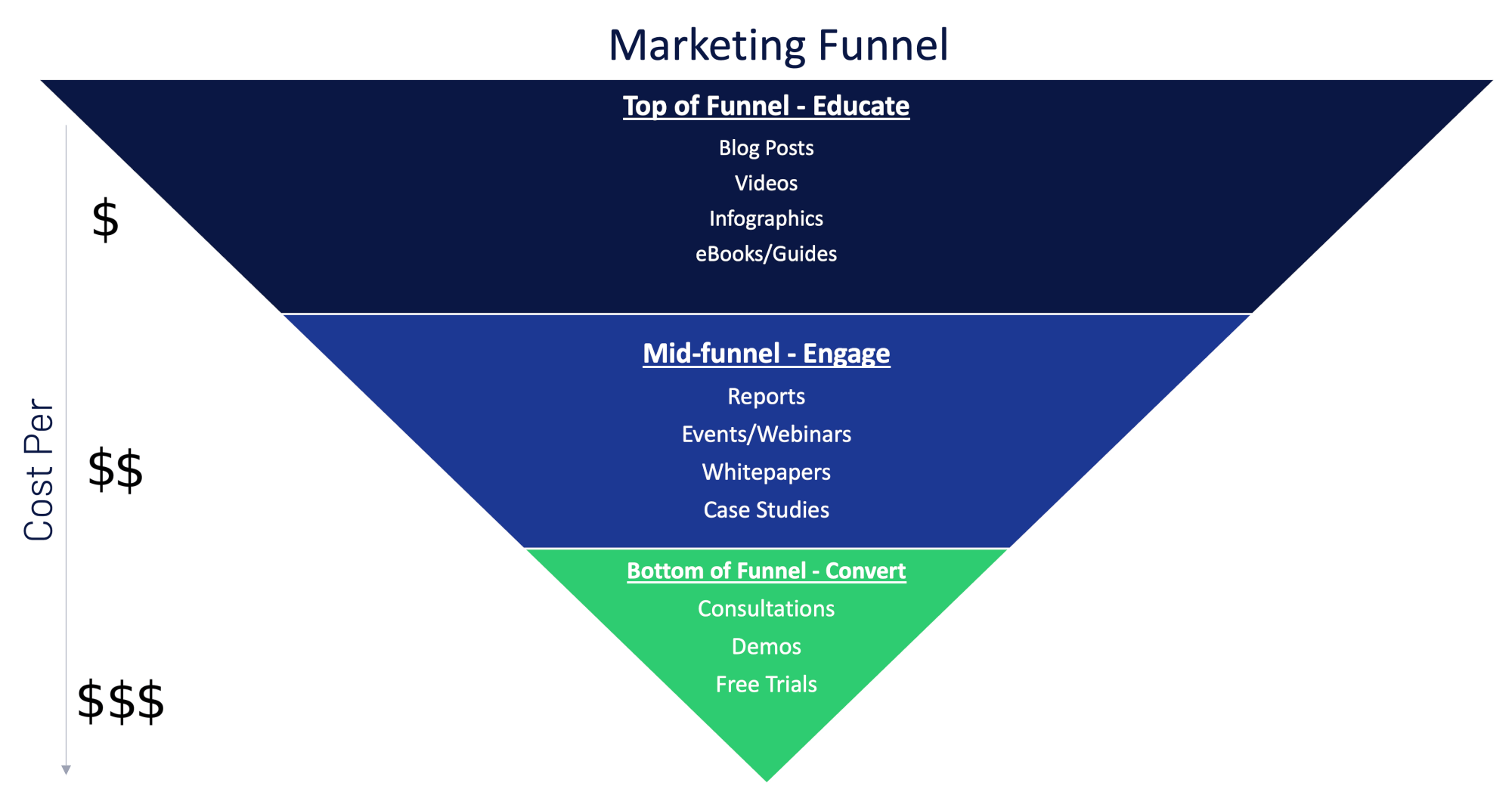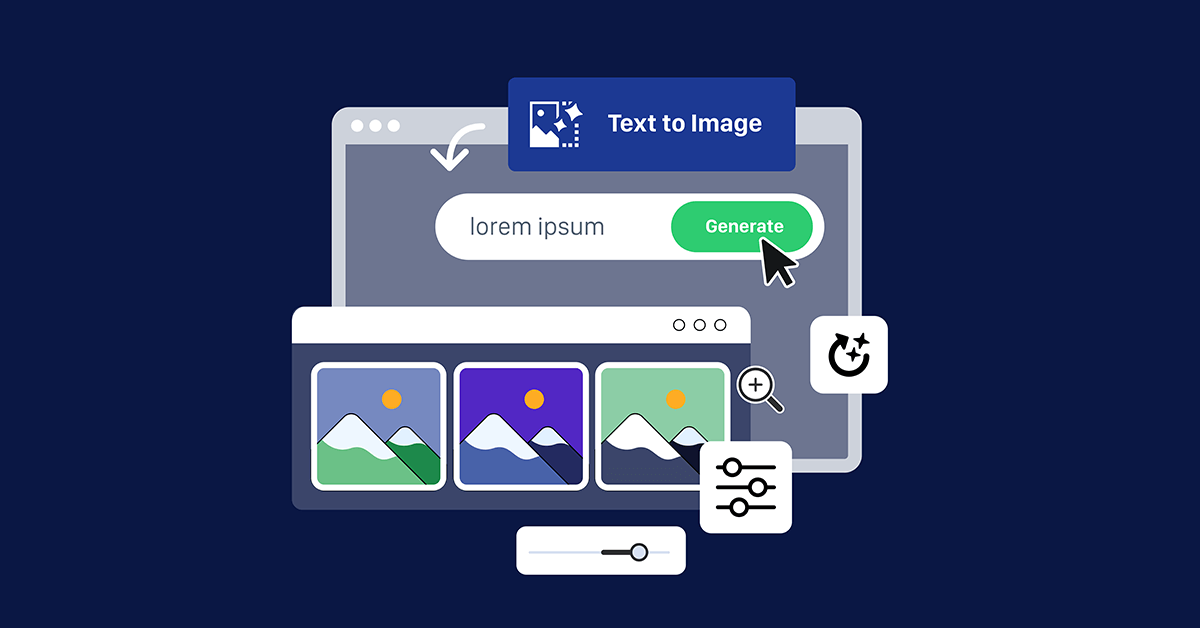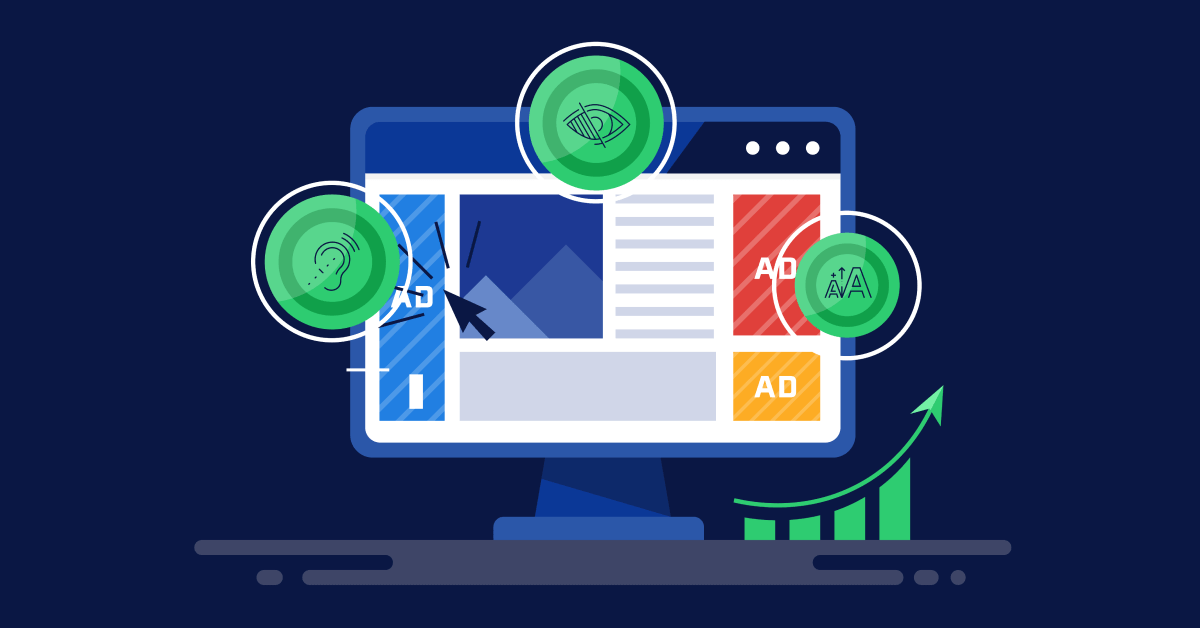
Key Takeaways:
- There is a difference between email delivery (getting to the recipient’s email server) and deliverability (reaching the inbox).
- Design emails with clear branding, simple formatting, prominent call-to-action, and responsive layout.
- Optimize for deliverability factors like sender reputation, list quality, email size, compliance, and subject lines.
- Tailor content to be personalized, aligned with the buyer’s journey, and providing value.
- Send emails at optimal times and frequency based on audience data.
- Make sure to A/B test and monitor metrics like bounces, opens, and clicks to continually improve.
Understanding Email Engagement
Avoiding the spam folder is a top priority when crafting an email. However, the journey to getting someone to read, engage with, and convert from an email doesn’t stop at optimizing the design for deliverability. Whether an email is a top-of-the-funnel content piece, an offer for a free demo, or an ecommerce sale announcement, abiding by best practices can help ensure an email effectively meets its objectives and KPIs.
Before engaging in any email campaign, you should account for the following perimeters:
- What do we want the user to do?
- Who is the target?
- Do they know us?
- What’s the offer?
- What kind of learnings can we leverage from past campaigns?
Deliverability And Delivery
Often confused, there are significant differences between email delivery and deliverability.
Email marketing and email delivery entails successfully delivering an email from your sender server to a recipient’s ESP or email service provider, regardless of the folder it ends up in. Email deliverability encompasses the entire process of an email reaching the intended target audience’s inbox without bouncing back or hitting the spam folder. Delivery hinges on things like email authentication and your provider’s ability to deliver emails, while your deliverability rate is affected by the sender’s reputation and the content and design of an email.
How Design Affects Deliverability
It’s important to know how deliverability is measured to understand the role that design plays in it. Bounce rate plays a significant role (both hard and soft), but so do human engagement metrics like opens, replies, forwards, clicks, and, of course, conversions. Unsubscribes and spam complaints are also ways to monitor deliverability. By following best practices and staying on top of these metrics, you can see vast improvements in the deliverability of your emails.
| Open Rates | Clicks | Bounce Rates | Unsubscribes | Spam Rates | |
| Above Average | >25% | >2.5% | <0.4% | <0.2% | <0.05% |
| Average | 15-25% | 1.5 – 2.5% | 0.5 – 0.8% | 0.2 – 0.3% | 0.05 – 0.08% |
| Under Average | 10 – 15% | 1 – 1.5% | 0.8 – 1.5% | 0.3 – 0.7% | 0.08 – 0.15% |
| Critically Under Average | <10% | <1% | >1.5% | >0.7% | >0.15% |
Source: Beehiiv
Understanding Email Engagement
Branding and Design
The design of an email should utilize strong branding so your audience immediately recognizes you. Logo, color, and brand execution all work to build up that familiarity with your audience. It is the foundation and strongest tool in your arsenal for instant recognition to keep your audience from unsubscribing.
Keep the design of your email straightforward and brand-safe without using too many colors or fonts. A personalized email signature can also enhance branding and credibility–giving a face to the communication. Make sure your brand name is prominently displayed in the “from” line as well.
Format
Your prospect should be able to understand the value of your email within five seconds. Focus on text, but don’t be too text-heavy. A little goes a long way, but copy needs to do the lifting here, especially as many email clients block imagery. Emails that include imagery have been shown to have a higher click-through rate, however, so don’t avoid them altogether.
A good rule of thumb is to stick to 50 to 125 words, all surrounding one topic per email. Extending your copy slightly to connect with your leads is also okay if you aren’t unnecessarily verbose. Avoid misspellings, broken links, or spammy-sounding copy that could get you sent to the spam folder.
Call-to-Action
Make sure your CTA stands out in a clean, uncluttered design. Remember, KISS–keep it simple, stupid. Stick to one primary and prominent action you want your audience to take and be loud about it. Too many choices can cause decision paralysis, which subtracts from the effectiveness of your campaign. So, while you can have a secondary smaller action within an email, especially further down the funnel, it should not compete with the main action you want people to take.
Design for Device and Experience
Emails can also look different on a phone, where many receive and read them. Ensuring a responsive, good mobile experience can alter deliverability. That’s why creating a strong first impression with your header design and headline is essential. You should also feature the most important content at the top of the body of the email.
Compliance and Readability
While a well-designed email will undoubtedly catch attention, you should assume an email client will block graphics and prepare for it accordingly. Not only should all images be clickable with alternative text links, but they should also contain logical alt text so that the email is still persuasive and legible without imagery. See what your email looks like when images are blocked. Is it still readable and compelling to the reader?
Keep your email compliant by following the ADA rules for text colors and alt captions on imagery. Include a noticeable unsubscribe link in the footer so uninterested prospects can opt out of communications. Utilize tools like Unspam to gut-check your email design for accessibility, responsiveness, and anything suspicious that could land you in spam filter jail.
Other Components/Factors That Affect Deliverability
Many factors outside of design affect deliverability, like the sender’s server location (DNS) and internet service providers (ISPs). ISPs may struggle with larger emails with lots of imagery and will not accept emails from those with a poor sender reputation who struggle with open rates. So, try to stay between 5-100 KB on email size and keep the copy/design ratio to about 60/40%.
Audience
Start by organically building a list of relevant and loyal followers who will actually want to engage with and buy what you are offering. Segment and understand what your audience is interested in to ensure you aren’t spamming people with content or offers they don’t consider relevant to them. Cull unengaged subscribers and non-valid email addresses to keep your lists and reputation healthy, as this will help reduce bounce rates and, therefore, improve deliverability.
Delivery Times
When it comes to delivering your emails to prospects, there are two things to consider: cadence and send times. If you already have data from past email campaigns, you can see what times and number of emails sent have historically worked and leverage that insight for future communications. If there is no historical data, research points to weekdays, particularly mid-morning or late afternoon, as the best times to send emails. In terms of frequency, you should look to establish a consistent but respectful email schedule. Don’t make the mistake of “overcommunicating” to your audience.
Subject Lines
Your subject line is the first thing your audience engages with or ignores. Crafting the perfect subject line can be challenging, so it’s vital to monitor open rates to see if yours resonates. Play with personalization, urgency, and trigger words that pique curiosity. A good subject line is short, descriptive, and accurate to the content of the email. Review historical data and consider A/B testing your subject lines to better understand what works for your brand and prospects.
Content Optimization
The copy of your emails should be easy and enjoyable for your audience to read. Taking that a step further is the content the email offers. Content should not only be personalized to the audience receiving the email but also aligned with the sales funnel. Furthermore, your content should be relevant, educational, and considered valuable by your audience.
There are two psychologies at play here when it comes to content. First is the commitment and consistency bias.
Like inertia, people are more likely to stay in motion down the path they are already pursuing. If they’ve already started consuming your content, they will likely continue gathering information from your company if your solution meets the problem they are trying to solve. So, keeping a consistent email schedule is necessary to stay at the top of mind and take advantage of this phenomenon. However, be careful not to overload your audience with too many emails, as you may alienate or annoy your audience.
People also take commitments in small steps. If they are likely to read your blog post or infographic, they may be ready to take a slightly more significant commitment to download an ebook or attend an event. But going from a small commitment like a content piece to a free demo or sale may be too jarring for your audience. That’s why content should move gradually from step to step in your nurture program.
Keeping Your Emails Compliant and Conversion-Driven
There are many elements that affect deliverability, but with A/B testing to determine the right design aesthetic, audience, and offer at the right time, you’ll be set up to have a successful email campaign that nurtures prospects until they are ready to convert.
When just starting a new email program or campaign, everything from audience to segmentation to design, even the content of the email, must be approached using best practices to reach your target audience’s inbox and lead them to conversion.
If your business already has an email program, but your KPIs aren’t being achieved, and your metrics are showing underperformance, these tips will work as a guiding star to help you begin better optimizing your emails for deliverability. Contact us at Overdrive Interactive today to see how we can help you build a revenue-driving lead generation campaigns or how our SEO services can connect you with new customers.






